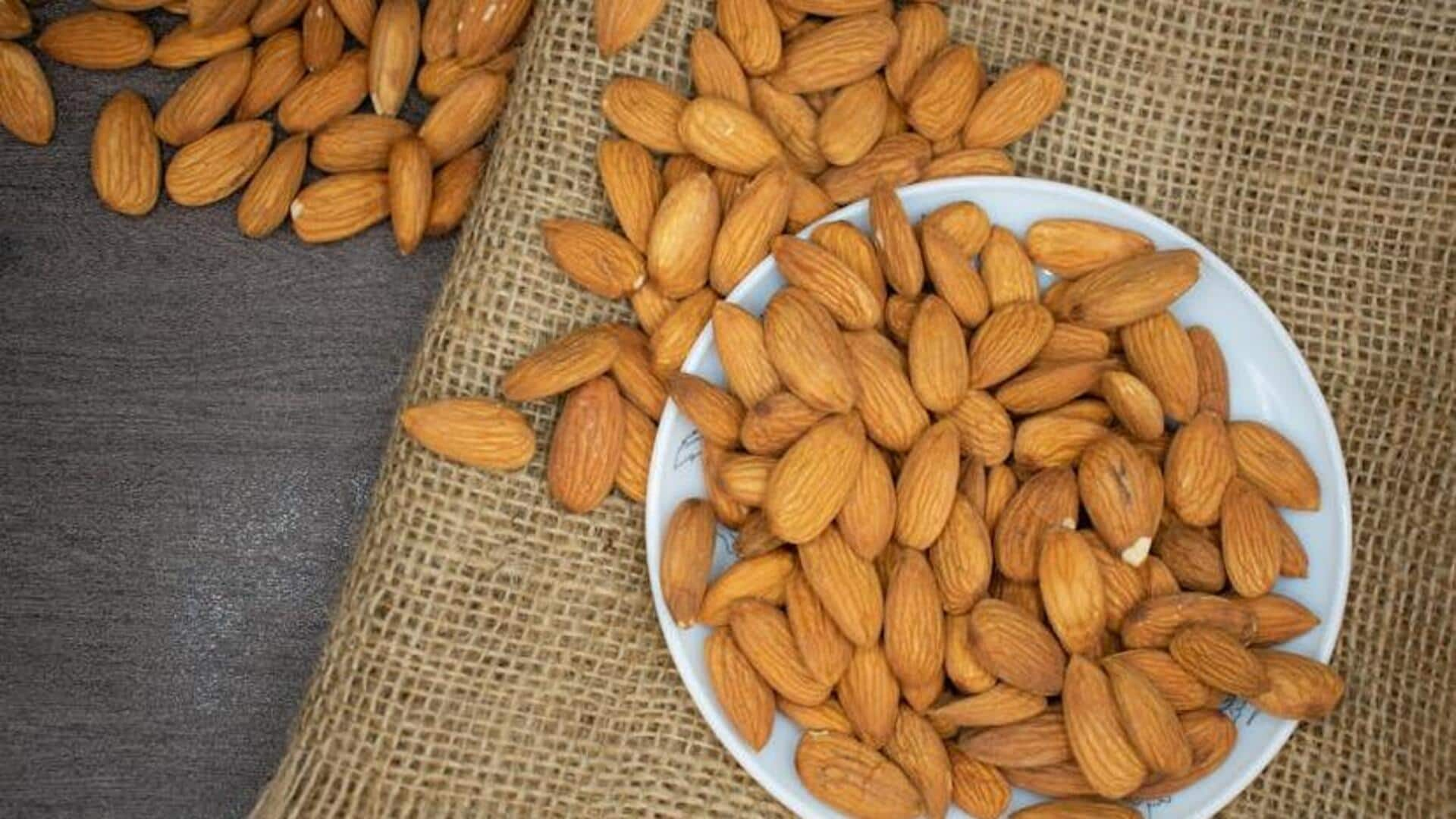Almonds v/s pistachios: A comparison of their benefits
What's the story
Almonds and pistachios are two of the most popular nuts, well-known for their nutritional benefits.
Both are rich in essential nutrients, making them a healthy snack option.
But did you know that the two nuts differ in their nutritional profiles?
Yes! Here's how both nuts are different from each other and what unique benefits they offer to those who consume them.
Protein
Protein content in nuts
Almonds also pack more protein than pistachios, with about 21 grams of protein per 100 grams serving.
Pistachios, on the other hand, provide about 20 grams of protein for the same serving size.
This makes almonds a slightly better bet for anyone looking to increase protein intake through plant-based sources.
Fat content
Fat composition differences
Both almonds and pistachios are rich in healthy fats, but they are not the same.
Almonds are roughly 50% fats, mostly made up of heart-healthy monounsaturated fats.
Pistachios, on the other hand, are about 45% fats, comprised of both monounsaturated and polyunsaturated fats, which promote heart health as well.
Fiber content
Fiber benefits from each nut
Fiber is another key component of both almonds and pistachios.
Almonds give you about 12 grams of fiber per 100 grams serving, which helps in digesting food and making you feel full.
Pistachios also give you about 10 grams of fiber per same amount, which contributes to digestive health but falls a bit short of what almonds provide.
Vitamins
Vitamin E vs Vitamin B6 richness
Almonds are a better source of vitamin E, giving approximately 25 milligrams per 100 grams serving, which is important for skin health and immune functions.
On the other hand, pistachios are a good source of vitamin B6, giving about one milligram per same serving size. This nutrient is important for brain development and functions.
This emphasizes the unique benefits of each nut.
